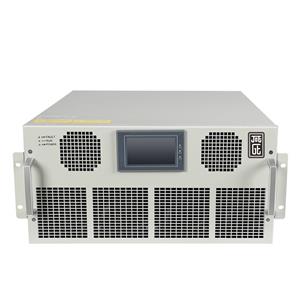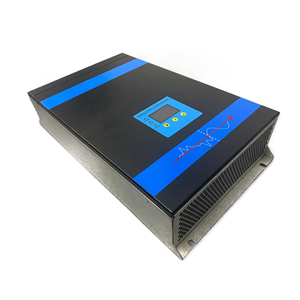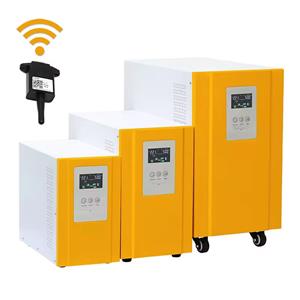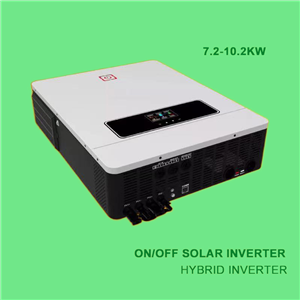The housing temperature of rectifier bridge diode is the key
The housing temperature of rectifier bridge diode is the key. Generally speaking, it is determined by the housing temperature
The determination of the shell temperature of the rectifier bridge during forced air cooling. Based on the analysis and calculation of the above two cases and three different forms of heat dissipation and cooling, we can draw the following conclusions: when the rectifier bridge is naturally cooled, we can directly use the junction environmental thermal resistance (Rja) provided by the manufacturer to calculate the junction temperature of the rectifier bridge, so that we can easily check whether our design meets the temperature derating standard of power components; The forced air cooling without radiator is adopted for the rectifier bridge, which is rarely used in actual use, so it will not be discussed here. If this situation is indeed involved in the application, the calculation method of natural cooling of rectifier bridge can be used for reference; When the rectifier bridge is cooled by radiator, we can only refer to the thermal resistance (Rjc) of the shell provided by the manufacturer, and calculate the junction temperature by measuring the shell temperature of the rectifier bridge to achieve the inspection purpose. Here, we focus on the selection of measuring points for calculating shell temperature and the relevant calculation methods, and propose a feasible and reliable measurement method in practical application.
It can be seen from the analysis of the heat dissipation process of the front rectifier bridge with a radiator that the main loss of the rectifier bridge is dissipated through the radiator on the back. Therefore, when discussing how to determine the temperature of the rectifier bridge shell, the heat transfer through the pin is ignored. The loss (maximum 22.0W) of RS2501M rectifier bridge applied to 110VAC power module is analyzed. Assume that the temperature on the external surface of the rectifier axle housing is junction temperature (i.e. 150.0C), and the surface heat transfer coefficient is 50.0W/m2C (in general, the convection heat transfer coefficient of forced air cooling is 20~40W/m2C). When the ambient temperature is 55.0C, the heat emitted to the environment through the front surface of the rectifier bridge is:
If the heat transfer of the rectifier bridge pin is ignored, the heat transfer through the back of the rectifier bridge is:
Since the thermal resistance of the two heat transfer paths on the surface of the rectifier bridge housing (front side and back side of the housing) are respectively:
According to the definition formula of thermal resistance:
So:
It can be seen from the above formula that the temperature difference between the junction temperature of the rectifier bridge and the front surface of the housing is far less than the temperature difference between the junction temperature and the back surface of the housing, that is, in fact, the temperature of the front surface of the rectifier bridge housing is far greater than the temperature of the back surface. If we take the front surface temperature of the rectifier bridge housing (which is usually easy to measure) as the calculated housing temperature during measurement, we will overestimate the junction temperature of the rectifier bridge! In this case, how should we determine the calculated shell temperature? Since the back of the rectifier bridge is connected with the radiator, and the heat is mainly emitted through the radiator, there is only contact thermal resistance between the temperature of the radiator substrate and the temperature of the back shell of the rectifier bridge. Generally speaking, the value of contact thermal resistance is very small, so we can replace the shell temperature of the rectifier bridge with the value of the substrate temperature of the radiator, which is not only easy to achieve in measurement, but also will not bring intolerable errors to the final calculation.




